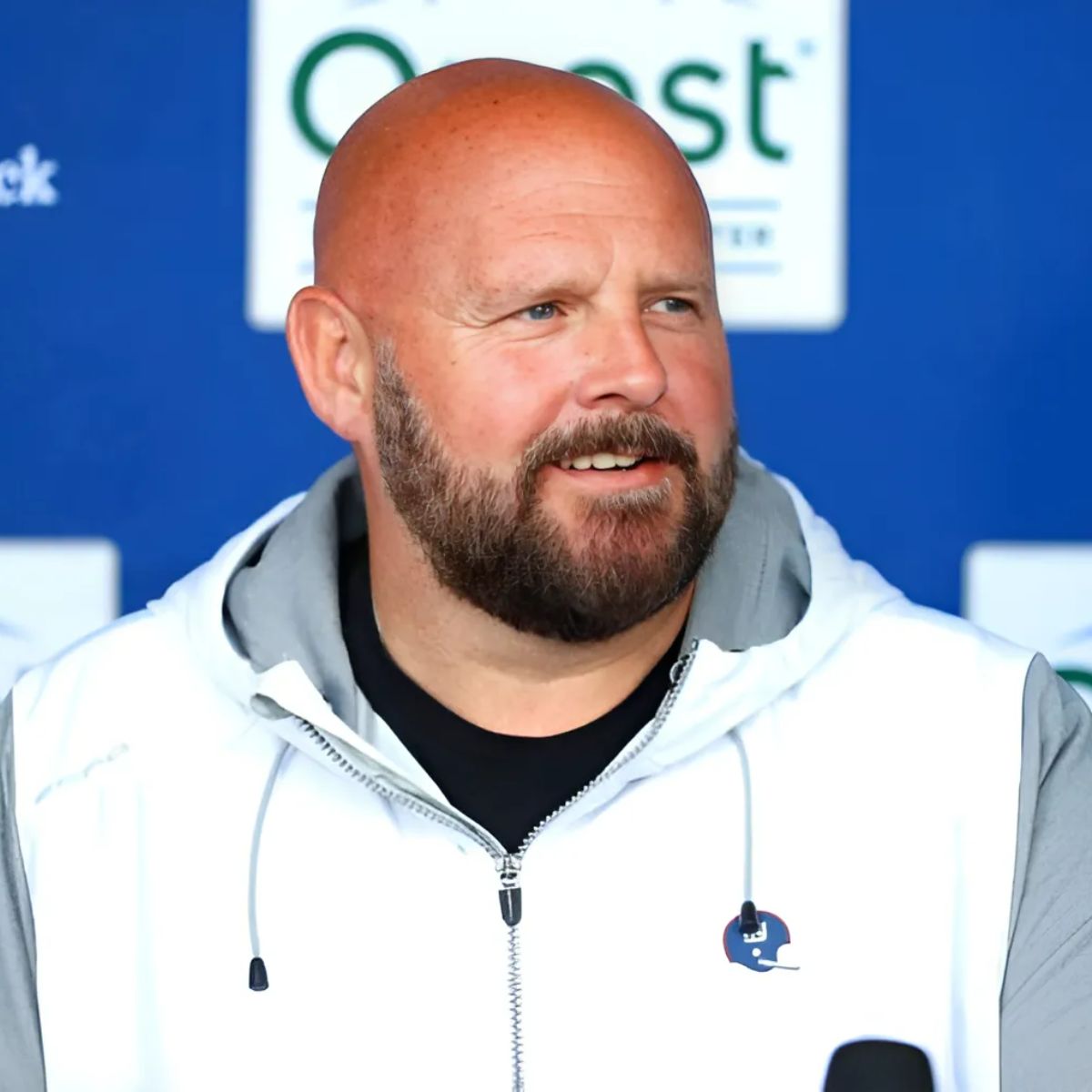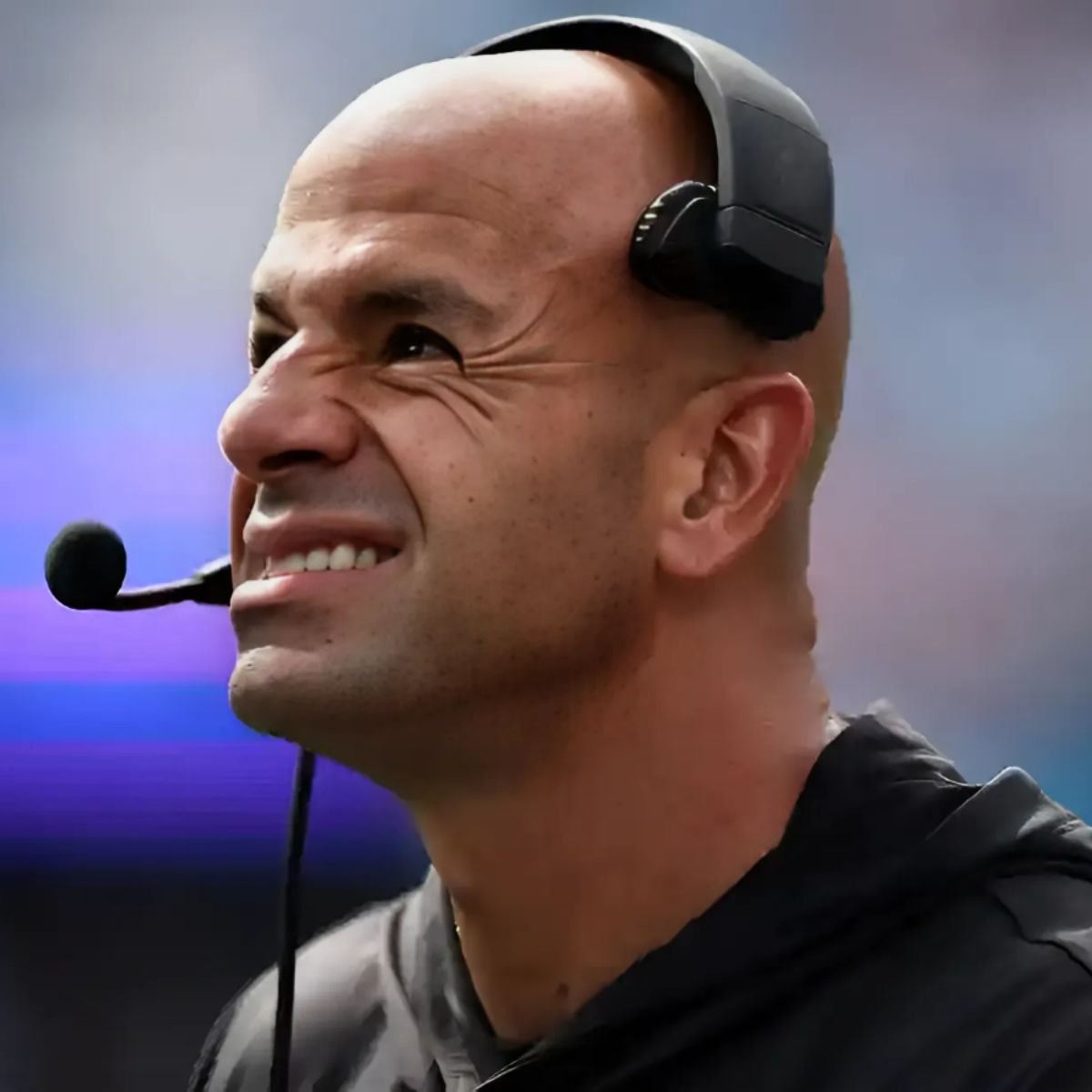Fans are waiting for the Denver Broncos to finally reveal their plan for quarterback Russell Wilson. In light of the Broncos’ temporary cease-fire with Wilson, it’s perhaps worth examining whether he ever got to play in a system specifically designed around him.
Searching for answers to the seemingly never-ending Wilson conundrum leads inevitably back to Seattle. Pete Carroll, who recently stepped down as head coach of the Seattle Seahawks (though he’s reportedly staying with the team as an advisor), had Wilson’s best years when the quarterback was younger and more dynamic.
Under the decade-long Carroll/Wilson banner, the Seahawks went to a pair of Super Bowls, winning one (Super Bowl XLVIII), with eight trips to the playoffs. Wilson was complemented by Marshawn Lynch’s bruising rushing style and Carroll’s vaunted ‘Legion of Boom’ defense.

However, it still rankles Carroll that he didn’t extract enough from his partnership with Wilson. Of course, Carroll was rumored to have had his differences with Wilson through the 10 seasons they spent together. Still, nobody understood his explosive protégé quite like the veteran coach.
As Carroll now steps down after 14 years in Seattle, the effervescent 72-year-old dropped some gold on how best to utilize Wilson, who won him his only Super Bowl ring.
“As we got coming out of that phase where we really could run it a lot, and there was an emphasis on the passing game, we did go too far,” Carroll told Seattle Sports earlier this week. “I wish we would have kept the blend more in the mixture because I think we were more difficult to deal with that way than trying to out-yard them in the passing game.”
Isn’t it wild, even ironic, that a coach as seasoned as Carroll would still be lamenting where he got his strategies wrong with his former quarterback? If Sean Payton had picked up the phone and tried to bend Carroll’s ear last summer, we might be hearing Broncos Country screaming from the playoff rooftops.
Hindsight is the perfect science, though. Had Javonte Williams not been returning from a season lost to a grievous multi-ligament knee injury in Payton’s first year with Wilson, perhaps the Broncos offense would have looked a lot different.
As Williams worked his way back into playing shape, the Broncos opened the season 1-5, where Payton allowed Wilson to pass on 61% of the offensive plays ran. Consequently, opposing defenses made Denver pay for the straight drop-back game, which has never been Russ’ forte.
Drilling down further, the Broncos fell into a hole of their own making because they lost the vital element of surprise. Denver’s opponents were able to anticipate what was coming as Payton and Wilson telegraphed the offense on gameday.
Historically, Carroll always knew that you must work off the run when you have a mobile running quarterback like Wilson at the controls, and it’s not exactly rocket science.
“In the game, when your quarterback is a runner, and he’s mobile and he can escape, that’s a [factor] in the game that really neutralizes a lot of stuff,” Carroll said. “And when you have that, and you use it well—where it’s a threat, but also it’s a surprise— the threat is in the scheming of the running plays, and the surprise is when you scramble. That factor really is a big factor in the game if you can control it.”
Payton found out the hard way that Wilson is not Drew Brees, but who’s more at fault for that obvious conclusion? When the Broncos’ running game was working better, and Wilson became less of the drop-back passer, it reflected in the standings — including an impressive five-game winning streak.
Understanding your quarterback’s limitations is fundamental to designing an offense, and so is playing to his well-documented strengths. Strangely, that somehow got lost in translation for Payton during his fractured first year in Denver.
“Often, that type of player isn’t really the most proficient type of passer; he’s an athlete type of passer, more so,” Carroll said. “And when you have that blend, which we had for a number of years—just look at Russ’ rushing numbers when he was around 500 yards a year.”
Over his decade in Seattle, Wilson averaged 468.9 rush yards per season, with 23 total touchdowns on the ground. Granted, the bulk of that production came in his first six seasons, with his career-high being 849 yards in Year 3 (2014) — the Seahawks went to the Super Bowl.
Wilson landed in Denver at 33 years old, and halfway through Year 1, he turned 34. We can call this past season Wilson’s age-35 season, as his birthday was in November. He rushed for 277 yards and three touchdowns in 2022. That came in 15 starts.
With 15 starts under Payton, Wilson rushed for 341 yards and another three scores. We can attribute some of the decline in Wilson’s rushing production to the vagaries of Father Time, but coaching and scheme played a role, too.
Payton loved running Wilson on QB dives in short-yardage situations, but that was the extent of the coach’s vision for his traditionally stalwart rushing quarterback. While Wilson was seen running around the backfield more often than not this year, it didn’t lead to much production north of the line of scrimmage and only seemed to handicap Payton as a play-caller.
Cast your mind back to the height of Carroll’s Seahawks teams, or even look to Lamar Jackson with the Baltimore Ravens, and you can see how the strategic use of a dynamic rushing threat at quarterback can be exploited by a savvy coach.
“That complement to the rest of the running game, that’s what makes you on top of the charts. It’s that factor,” Carroll said. “And you can see it right now. Lamar’s probably at 700 or 800 yards rushing, something like that. And that factor neutralizes really good defense(s).”
Taking Carroll’s cathartic and honest overview of how things should be done to heart offers up a serious lightbulb moment. Perhaps it’ll be an epiphany that leads to Payton rethinking the decision to throw the Wilson baby out with the bath water.




